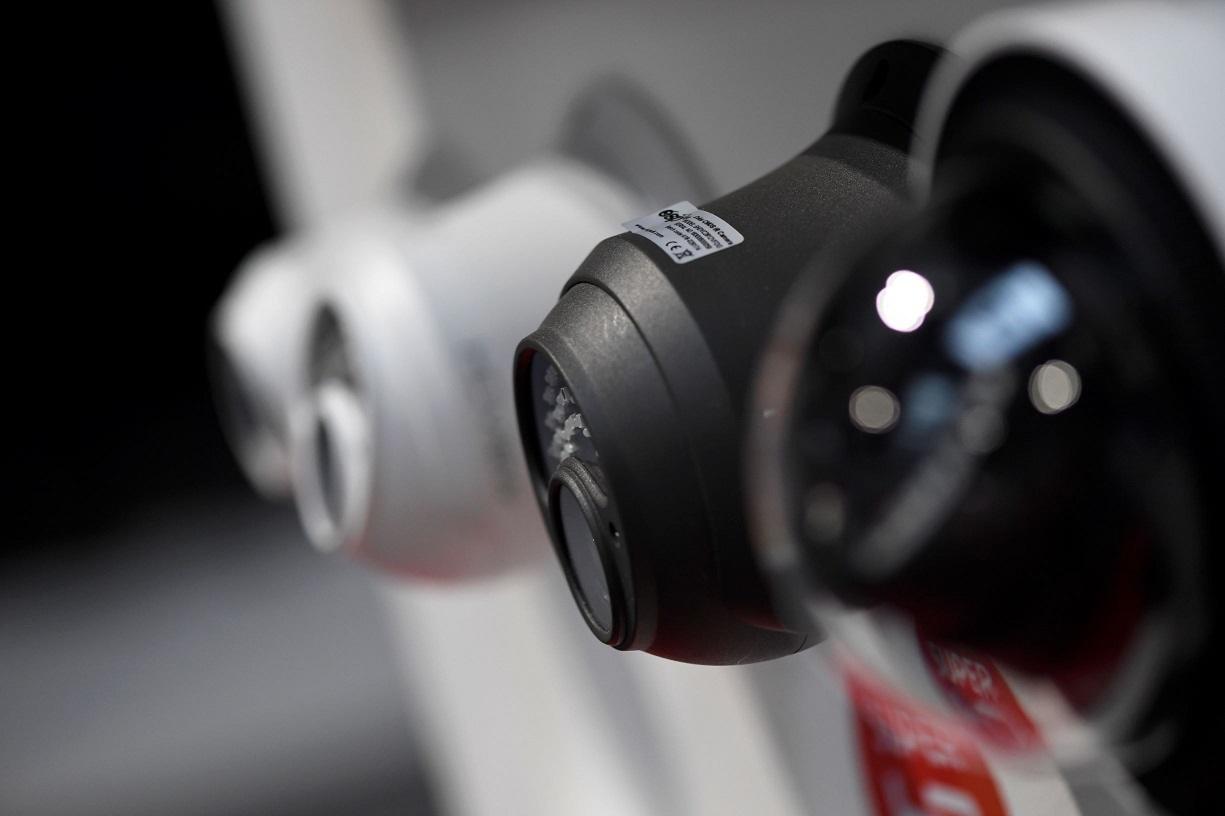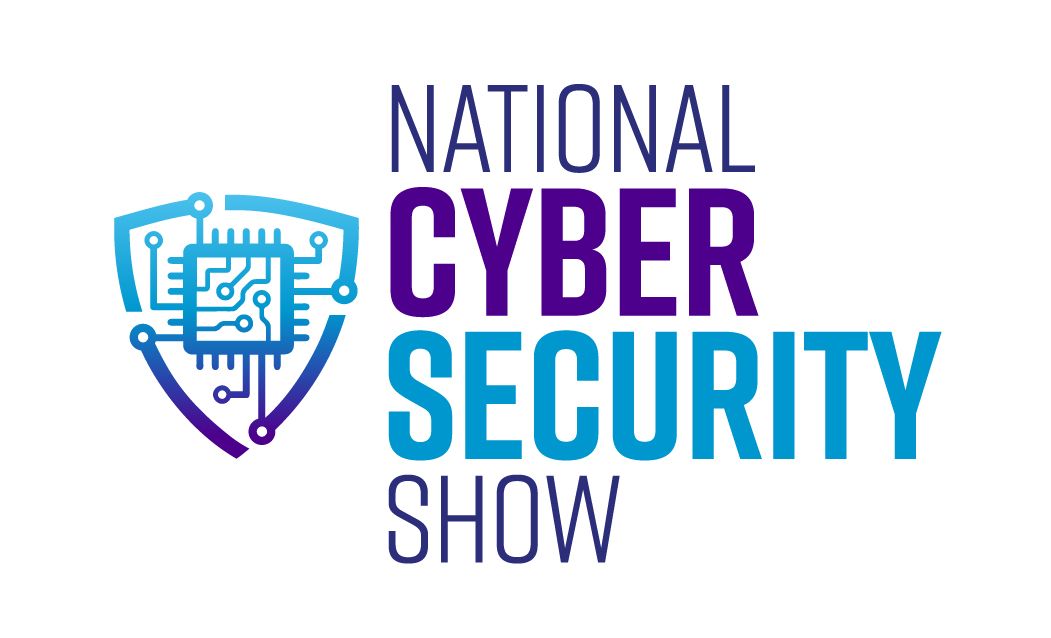Wireless digital access control: A sustainable solution
Sustainability can help an organisation save money, reduce risk, and streamline processes, while at the same time minimising environmental impact. It can also improve a business’s reputation, both with internal and external stakeholders.
Creating sustainable operations and lowering energy usage is not a choice - it has become vital to ensure a company’s survival. The huge increase in costs in recent years has put greater focus on energy spending, and ways to reduce it.
In fact, a recent survey of security professionals found 73% of respondents agreed that sustainability or energy efficiency has become more important in procurement decisions over the past 5–10 years.
Security, facilities and building management teams have an important role to play. As a major part of a building’s infrastructure, access control solutions are often regarded as the ‘key’ to unlocking more sustainable practices.
Recent research found 39% of respondents stated their choice of access control technology will be affected by sustainability concerns ‘to a great extent’, with a further 22% citing it as ‘the most important factor’ when choosing the technology.
With this in mind, what digital wireless access control systems are available, and what sustainability benefits can be gained by implementing them?
Digital access control landscape
Digital wireless technologies more popular than ever before, with studies[3] showing 85% of organisations already operate an electronic access control system, with 39% of these featuring wireless access.
The shift towards remote and flexible working has created the need for more agile access control, and an easy way to manage access permissions with instant delivery, increased security, and sustainability.
The demand for technologies such as contactless building entry systems and solutions that offer mobile credentials has never been higher too, with many security managers upgrading to systems that can quickly and easily be adapted as the building or end user’s needs change, offering greater flexibility.
Energy saving with wireless locking
Businesses can also save 90% on energy costs by switching to a wireless access control system. This is because battery powered wireless locks use less energy than traditional wired locks, which normally work via magnets connected permanently to electricity. Wireless locks work differently, only “waking up” when presented with a credential.
This translates into a potentially large saving on an annual energy budget, which could equate to more than 70%[5], or thousands of pounds over a typical access control installation’s lifetime.
Other related energy and material costs are also lower for wireless locks. During operation, wireless locks require a battery change approximately once every two years. The installation phase is also more cost effective, with an estimated 82.5% saving on labour costs for a 100-door wireless installation versus wired installation.
Wireless locks also provide more flexibility - and can reduce costs - when you reconfigure or expand an office space. High-quality wireless locks can typically be reinstalled at another door without impacting their reliability, and typical cost savings on an office relocation or expansion are around 30%[6] with wireless over wired locking.
Mobile credentials
Mobile credentials - a digital access key that sits on a smart device such as a mobile phone - can also aid an organisation’s sustainability.
A mobile credential replaces a traditional credential such as a key, fob, or card. It can be used to authenticate using a smartphone, essentially becoming a key to gain access to a building, room or location.
There is a time and efficiency cost in distribution of traditional credentials, whether that is via delivery or handing them out physically. Mobile credentials offer convenience as there is no need for a separate RFID card or fob when you open secure doors and openings with a device you already carry.
Mobile keys offer a more flexible and convenient solution, as security and operations managers can amend, issue, or cancel credentials from anywhere and building users always have their access rights up to date.
It’s a more efficient system, so employees and contractors waste less time collecting or amending access credentials in person and visitors get instant temporary access when they need it.
For organisations with contractors travelling between disparate and remote sites, mobile credentials offer a way to enable access permission changes in real time. This reduces CO2 emissions from wasted trips and going back and forth to collect and return keys. It also improves operational efficiencies, saving time and money, while streamlining management and tracking of who accessed what and when.
Adhering to standards
When specifying digital wireless access control solutions, sustainability is not the only consideration. It is vital that systems comply with British standards and building regulations to first and foremost guarantee the safety of a building’s occupants. Compliance also ensures building or facilities managers are not liable if an accident does occur.
The Regulatory Reform (Fire Safety) Order 2005 places responsibility for fire safety in buildings to whoever has day-to-day control of the premises, and there are several building regulation standards that must be adhered to ensure safety and security.
These include BS EN 179 Emergency Escape (for when the building occupants are aware of the building environment), BS EN 1125 Panic Escape (for environments used by the general public) and the new standard BS EN 13637 Electronically Controlled Escape Systems (for use on escape routes).
These standards state that even if a door is electronically controlled for access there must be a compliant mechanical means of escape in an emergency.
In the case of fire doors this is essential to provide fire protection, compartmentalise a building and protect the escape routes. This is also a critical function in a terror situation - offering the ability to shut off certain areas to terrorists and allow controlled egress or access to ensure the safety of the public.
There was also a recent amendment to BS 7273: Pt4 Code of practice for the operation of fire protection measures – Part 4: Actuation of release mechanisms for doors, to enhance security and provide safer means of controlling the unauthorised use of escape doors.
The amendment features an expert commentary that accompanies the standard, directly referring to ‘BS EN 13637 Building hardware - Electrically controlled exit systems for use on escape routes’ in respect of any electrically locked door on an escape route.
Cost effective Aperio wireless locks
AperioÒ wireless locks are a sustainable solution and can save a business money at every stage of their life-cycle. Aperio’s energy efficient technology offers cost-effective, integrated access control.
It is the ideal retrofit option to update an existing access control system to wire-free, providing a simple, intelligent way to upgrade the controllability and security level of a building.
Battery-powered Aperio RFID-equipped cylinders, escutcheons, handles and locks can be fitted as a new access control system or extend an existing installation by linking new doors to the same system wirelessly.
There’s no need for staff to swap their key-cards, or for anyone to carry more than one credential. They work seamlessly within almost every major access control system on the market, from over 100 different manufacturers. One control panel manages both Aperio and legacy locks.
Installation is quick because there’s no cabling around the door, no invasive building work, and no need to change door hardware. Aperio devices fit almost any opening or security level, exterior and interior doors — wood, glass or aluminium — from fire and escape doors to meeting rooms, labs and offices.
E100
The E100 Wireless Aperio Escutcheon is another innovative access control solution from Abloy UK, offering protection against fire, smoke, and attack. When tested as part of a compliant doorset, it meets standards BS EN 1634-1 to restrict the development and spread of a fire and protect escape, BS EN 179 for emergency exit devices, as well as PAS 24 to resist attack from an opportunist burglar.
The E100 utilises RFID and BLE technology and can be easily integrated into any access control system to secure doors without the need for cables. It can be used with all mortise locks in wooden, steel and tubular-frame doors.
A popular choice for internal doors receiving medium to high traffic, the E100 offers a convenient combination of free exit from the inside with automatic locking on closure from outside.
As well as being quick and easy to install, The E100 is a cost-effective solution, using standard batteries rather than constant power from a mains connection demanded by wired access doors.
Escape Door System
Going one step further towards a digital access solution, the innovative Escape Door System (EDS) from Abloy UK offers easy access and egress while ensuring compliance, security, and the ability to implement dynamic lockdown procedures.
With the EDS, it is possible to provide a compliant solution for an escape door when read-in / read-out access control is specified, combining the three components required for BS EN 13637.
These elements must be tested and certified together as a package to ensure compliance and safety; Blocking, Control and Trigger. Blocking is provided by a fail-unlocked locking element that does not require any mechanical input to operate.
The Intelligent Control within the EDS allows connection to fire alarm systems or other building control systems to ensure escape in an emergency, and the Trigger unit incorporates a key-switch and a push button that tells the controller to release the locking mechanism to allow safe escape.
The EDS also helps organisations achieve dynamic lockdown, allowing specific zones that may be at risk within a building to be cordoned off, while still allowing escape.
Academy training
To educate the industry on compliant digital wireless systems, Abloy has developed the Digital Access Solutions Academy, a purpose-built facility to showcase, work with, install and test the company’s extensive range of products, with particular focus on new digital solutions and ecosystems.
The courses provided at the Academy provide delegates with the knowledge and practical skills to ensure they specify and install the right digital access products in suitable applications, with hands-on experience.
Training is available on the Aperio solution to offer a secure, sustainable, flexible and convenient way to control the movement of people in a building, and our hands-on courses offer a comprehensive overview of how to effectively specify and install the systems.
During the course, delegates will understand all the technical aspects of designing a system, site survey and how to commission and fault find. The course has been designed with a mixture of theory and practical exercises, equipping attendees with the tools to specify Aperio access control products with confidence.







